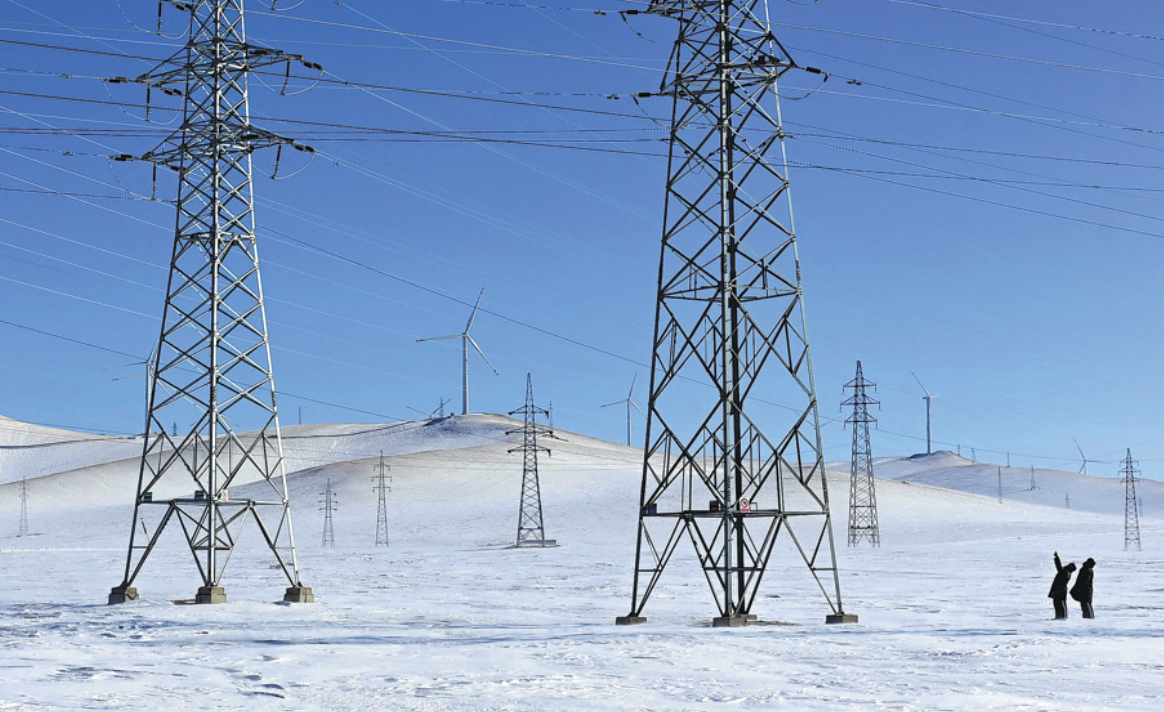Tongliao powers up for well-facilitated farmland


In the fields of Horqin Left Wing Middle Banner in Tongliao, a city in the Inner Mongolia autonomous region, power supply workers have recently been racing against the clock for a 10-kilovolt power line project.
"We'll try to complete the electrification in three days, just in time for the 400 mu (26.67 hectares) cornfield's spring sowing," said Li Jianguo, an employee of State Grid Tongliao Power Supply Co.
As a key national hub for agricultural and livestock production, Tongliao is vigorously advancing infrastructure development for the construction of well-facilitated farmland.
Well-facilitated farmland refers to cultivated land that is level, contiguous, well-equipped, fertile, ecologically sound and disaster-resistant. Designed to align with modern agricultural practices, it ensures stable and high yields while being designated as permanent basic farmland.
According to data from the Ministry of Agriculture and Rural Affairs, China had developed over 1 billion mu of well-facilitated farmland by the end of 2023, covering more than half of the country's total arable land and playing a pivotal role in agricultural productivity.
This year, Tongliao aims to add 1.8 million mu of such farmland, bringing its total to over 10 million mu, 45 percent of its total arable land and boosting grain production capacity by an estimated 15 percent, said the local government.
As a core production area, Horqin Left Wing Middle Banner is tasked with developing 842,000 mu, including 382,000 mu of new construction and 460,000 mu of upgrades. Upon completion, the banner's well-facilitated farmland is expected to reach 4.34 million mu, accounting for 43 percent of Tongliao's total.
"Well-facilitated farmland construction is the foundation for agricultural transformation and high-quality development. We must take robust measures to accelerate infrastructure improvements and lay a solid groundwork for modernization," said Guo Yongtian, a senior official at the Ministry of Agriculture and Rural Affairs, in an earlier interview.
To address the growing electricity needs, Tongliao has mobilized resources to install and upgrade 1,860 transformers with a total capacity of 123,000 kilovolt-amps, while constructing and renovating 580 kilometers of 10kV power lines across seven banners and 126 townships.
In addition, the city is also modernizing its rural power grid, deploying 3,200 smart monitoring devices for real-time equipment tracking. Pilot projects include the building of a "photovoltaic + storage+ irrigation" system, involving 26 carbon-neutral pumping stations that reduce annual CO2 emissions by over 8,000 metric tons, said State Grid Tongliao Power Supply Co.




































